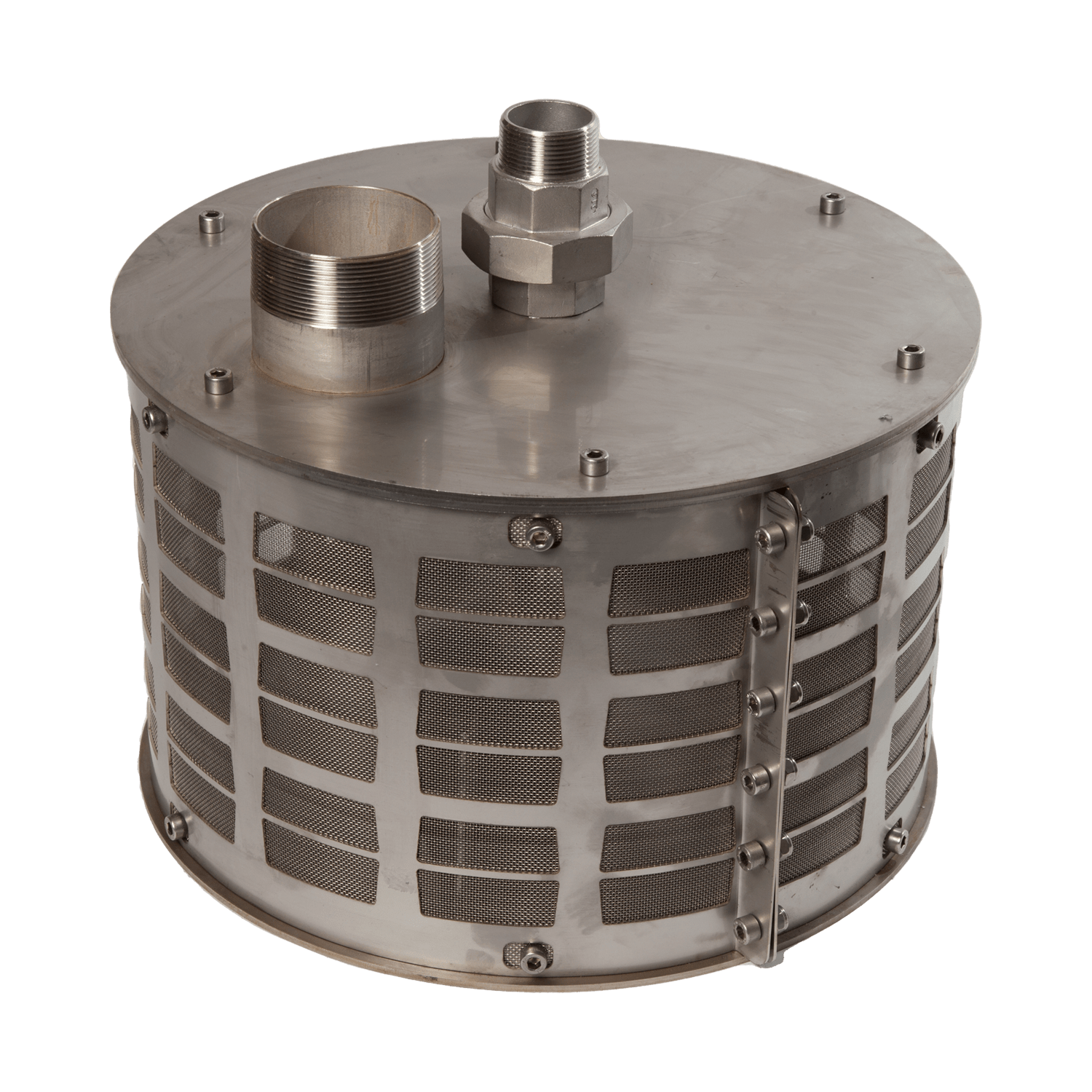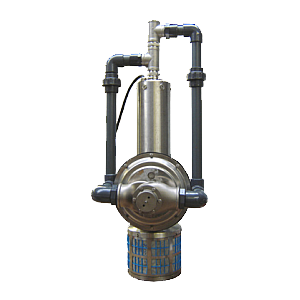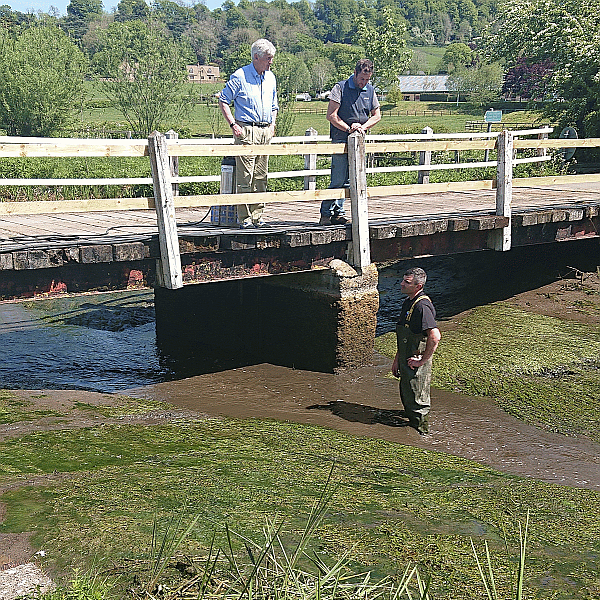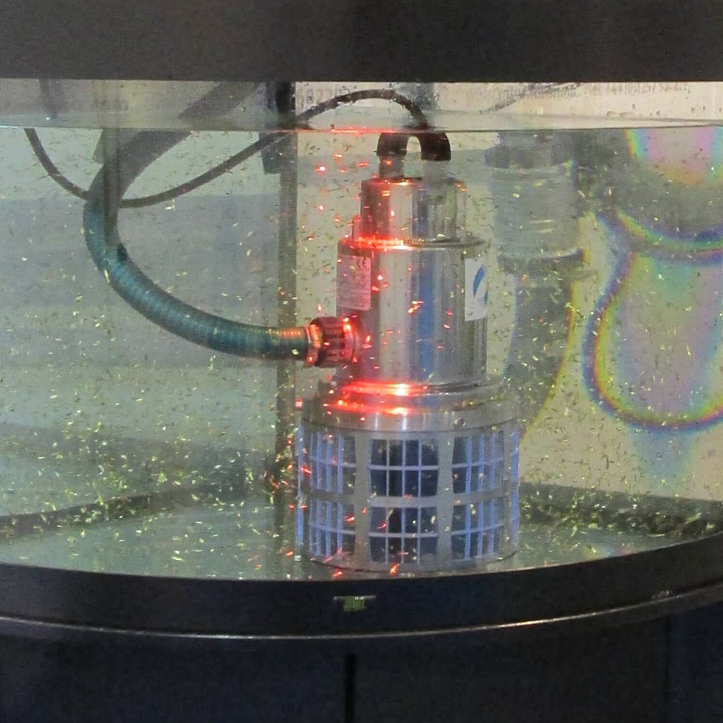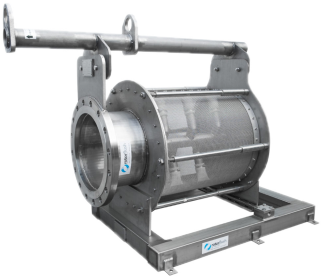How a Rotorflush Self-cleaning Intake Screen Reduced Maintenance for a Water Treatment Plant

C J Hiscock
Published
Trility Australia RF200R Filter Trial
What we were told:
Trility, a water utility service provider operating in Australia is a company which covers the full life cycle of water all the way through to waste water treatment. They approached us to trial a Rotorflush waste water treatment filter for the Redcliffe Sewage Treatment Plant in South East Queensland over a two-month period.
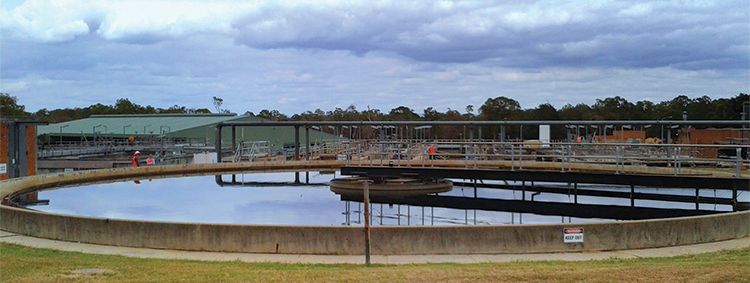
Redcliffe Sewage Treatment Plant in South East Queensland
We were told that the project required a feed of 30m3/d of raw sewage, however limitations on site deemed the location for this off take to be prior to the inlet screenings and grit removal. Ordinarily we would not recommend the use of a Rotorflush ahead of any screening in raw sewage due to the high levels of ragging and grease. However, in the absence of any other solution they wished to trial one of our screens, to see if they could improve on the number of stoppages caused by their wash water clogging several times a day.
Trility shared photos with us of current equipment and the amount of debris removed from the raw influent is significant, hence pumping upstream of this would require some form of mechanical protection on the pump intake.
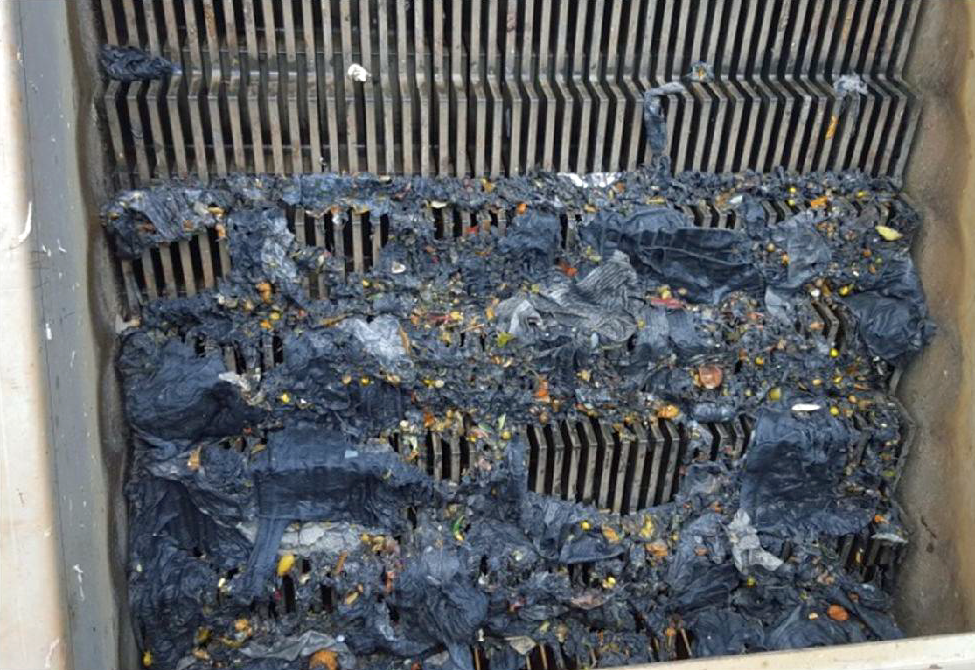
This screen needed a lot of wash down
What we did:
After discussions with Trility, a Rotorflush RF200R self-cleaning inlet screen was installed on the intake of the feed pump to test the performance of the screen in a raw sewage application. The flow rate for the test was within the maximum 220 litres / minute flow rate for the screen. The RF200 was fitted with a coarse 6 mm perforated mesh.
Over the two-month trial period the screen operated successfully with no blockages or interruptions in flow. The screen was checked and washed down daily during the first month, reducing to every second day in the second month.
Upon removing the screen from service, a small amount of debris and fibres were observed, but were easily removed with a low pressure wash down.
Trility were able to wash down the screen and were able to install and remove the screen easily when needed. They were impressed with the performance of the unit as a cost-effective alternative to inline screening or other filtering processes.
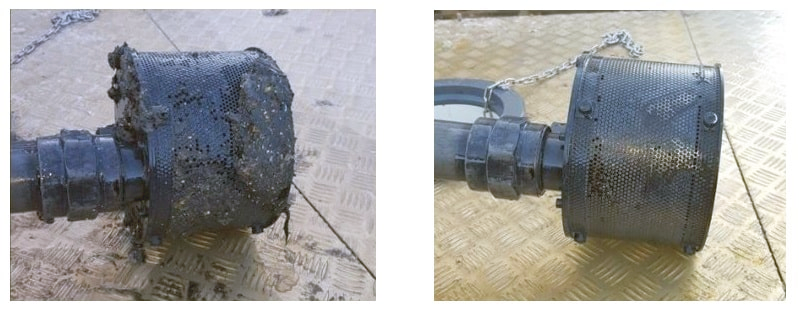
RF200R self-cleaning suction intake screen still not blocking up
And the Outcome was:
Trility’s conclusion was that the two-month trial was a success and that, in the absence of any access to screened wash water, the Rotorflush intake screen provided a viable alternative to in-line and other filtering options where these could not be used. They kept the screen.
Explore more topics
Ready to brush up on something new? We've got more to read right this way.Share this insight
-
Increase productivity
-
Reduce maintenance
-
Filter to your requirements
Contact our friendly experts now
to discuss your project
Or call our team on:
01297 560229
Find out more.....
...... about how waste water treatment processes can benefit from using Rotorflush self-cleaning filters, intake screens and filter pumps.
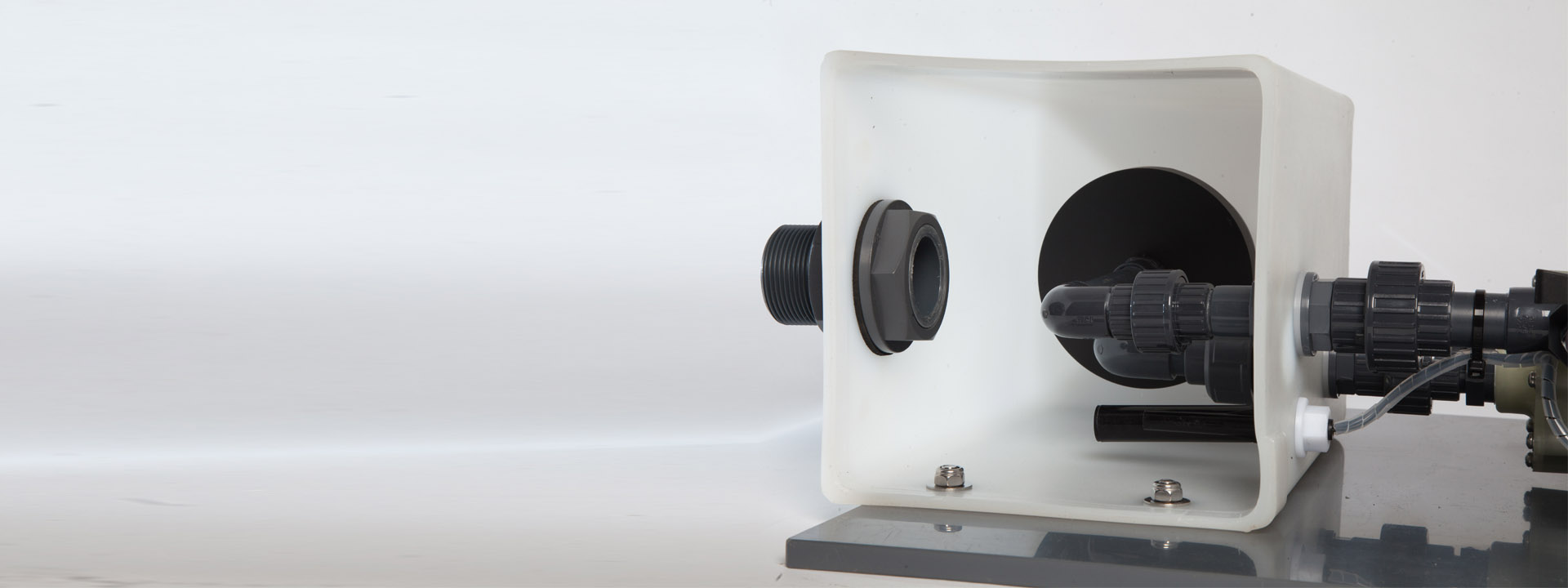
This website uses cookies to ensure you get the best experience. Learn more




